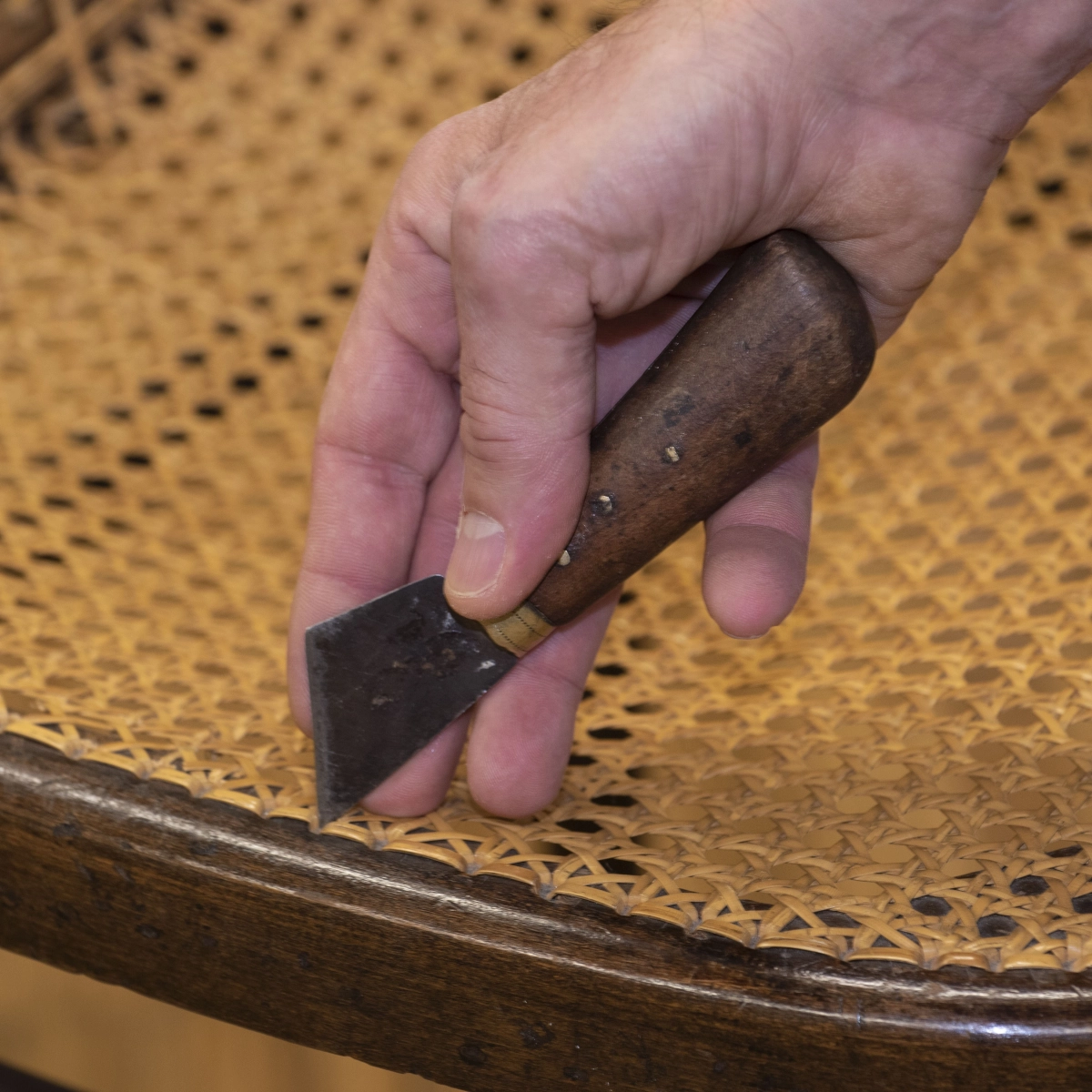
Building a shed door is a rewarding and cost-effective DIY project that can help you save money and add a personal touch to your outdoor space. Whether you’re constructing a new shed or upgrading an existing one, crafting your own door ensures you get a perfect fit and a sturdy, secure entry. Not only will this project save you money, but it’s also an opportunity to showcase your craftsmanship. Safety first takes your time, work carefully, and enjoy the process. There’s nothing quite like the satisfaction of building something with your own hands!
How to Choose the Right Shed Door Type

Choosing the right door type is essential to meeting your shed’s specific needs. Here’s how to choose:
Single Door vs. Double Door
- Single Door: Ideal for smaller sheds, providing simple and quick access to tools and supplies.
- Double Door: Perfect for larger sheds, giving you plenty of space to store bulky equipment like lawnmowers, bikes, or gardening tools.
Barn Style vs. Standard Doors
- Barn Style Doors: These are great for a rustic, farmhouse aesthetic and offer a wide opening.
- Standard Doors: For a sleek and modern look, standard doors provide a clean, simple design.
Sliding vs. Swinging Doors
- Swinging Doors: Traditional and easy to install, swinging doors are best if your shed has ample space.
- Sliding Doors: Ideal for smaller sheds or when you want to save space, as they don’t swing outward.
What Materials Do You Need to Build a Shed Door?

Choosing the right materials ensures your shed door is durable and weather-resistant. Here’s what you’ll need:
Plywood Options
- Exterior Grade Plywood: Ideal for outdoor use, this type of plywood is designed to withstand the elements. A thickness of at least ½ inch is recommended for strength and durability.
- Marine Plywood: If your shed is located in a particularly damp or humid area, marine plywood is an excellent option due to its resistance to water.
- Oriented Strand Board (OSB): A more budget-friendly option, OSB can be used in dry environments but is less durable in the long run compared to exterior grade plywood.
Frame Materials
- 2×4 Lumber: Pressure-treated lumber is recommended for the door frame, especially if the shed is exposed to moisture.
Fasteners and Hardware
- Wood Screws: Use 1.5-inch screws to secure the plywood to the frame.
- Heavy-Duty Hinges: Stainless steel or galvanized hinges are ideal for outdoor use, as they resist rust and weather damage.
- Latch and Handle: A sturdy T-handle or locking slide bolt will keep your door secure.
What Tools Are Required to Build a Shed Door?

Having the right tools is crucial to ensure a smooth and successful project. Here’s the list of tools you’ll need:
Power Tools
- Circular Saw: Perfect for cutting plywood and lumber. If you don’t have one, a handsaw can be used instead, though it requires more effort and time.
- Drill: Use a drill to make pilot holes for the screws and to secure the plywood to the frame.
Hand Tools
- Measuring Tape: For accurate measurements, make sure to check the width, height, and depth at multiple points.
- Carpenter’s Square: Helps ensure your cuts are straight and that the frame is square.
- Brad Nailer: For securing trim around the edges of the door. Alternatively, you can use a hammer and nails.
Safety Gear
- Work Gloves: Protect your hands from splinters and sharp edges when handling wood and tools.
- Safety Glasses: Always wear safety glasses to shield your eyes from sawdust and debris.
- Ear Protection: Protect your hearing when using noisy power tools.
Measure the Shed Door Opening for a Perfect Fit

Accurate measurements are the key to ensuring your door fits perfectly into the frame. Here’s how to measure:
Measure the Opening
- Width: Measure the width at three points top, middle, and bottom. Use the smallest measurement to ensure a snug fit.
- Height: Measure the height at both sides and in the middle, again using the shortest measurement.
- Depth: Check the depth of the opening to ensure there’s no obstruction that could interfere with the door’s movement.
Tip for Beginners: Double-check measurements before cutting. Small discrepancies in measurements can lead to an ill-fitting door. Measure twice, cut once!
Leave Clearance for Expansion: Why Leaving ½” Around the Door Is Important
Wood expands and contracts with moisture, so it’s important to leave a ½-inch gap around the door to allow for movement. This ensures the door will swing freely and not get stuck.
How to Build the Door Frame for Your Shed

The frame is the structural foundation of your door. Here’s how to build it properly:
- Cutting the 2x4s: How to Properly Cut and Prepare the Lumber for the Frame
- Use your saw (circular or handsaw) to cut the 2x4s according to the measurements you’ve taken. Remember to measure twice and cut once to avoid mistakes.
Assembling the Frame:
Step-by-Step Assembly of the Door Frame with Fasteners
- Lay out the 2x4s: Arrange the lumber for your door frame on a flat surface.
- Securing Corners: For larger or double doors, consider reinforcing the frame with metal L-brackets or corner brackets to prevent twisting.
- Attach the Pieces: Use wood screws to secure the pieces of the frame, ensuring the frame is square and level before tightening.
Frame Reinforcement for Large Doors
For larger doors, add diagonal bracing across the back of the door frame to prevent sagging. This is especially important for double doors or doors that will bear heavy loads.
Leveling and Squaring the Door Frame: Ensuring Alignment Before Securing
Make sure your frame is perfectly level and square before securing the screws. A crooked frame will result in a door that doesn’t swing properly.
How to Attach Plywood to the Door Frame

Attaching the plywood is the most critical step in ensuring your door is sturdy and secure.
Fastening the Plywood
Apply construction adhesive to the door frame before placing the plywood on top. Secure it using 1.5-inch screws spaced about 6 inches apart along the edges and 12 inches apart in the center.
Screw Placement
Place screws every 6 inches along the edges of the plywood and 12 inches apart in the center to provide maximum hold.
Install Trim for a Finished Look

Trim adds a polished finish to your door, enhancing its appearance and strength.
Attaching Trim
Cut the trim pieces to size and attach them around the edges using wood glue and brad nails (or screws for added durability). For a modern or rustic look, you could even use shiplap-style trim or reclaimed wood to add character.
Additional Trim Ideas
- Metal Trim: Consider using aluminum or steel trim for an industrial look.
- Reclaimed Wood: An eco-friendly and rustic option, reclaimed wood adds character and history to your shed door.
Install Hinges and Handle on the Shed Door

Final touch for a functional and secure door.
Placing the Hinges
- Position hinges 6 inches from the top and bottom of the door.
- For heavier or larger doors, place a third hinge in the center to prevent sagging and evenly distribute the weight.
Installing the Latch and Handle
- Use stainless steel or galvanized hardware to withstand outdoor elements.
- Opt for a T-handle or locking slide bolt for secure closure.
Weatherproof Your Shed Door
Weatherproofing protects your door from the elements and ensures its longevity.
Sealing the Door
- Use silicone caulk around the edges of the door to seal any gaps.
- For added protection, consider using clear outdoor wood sealer in addition to paint to prevent moisture damage.
Painting and Finishing
- Apply outdoor-grade paint or stain to shield the door from sun, rain, and snow, which can degrade the wood over time.
Hang Your Shed Door Properly

Hanging the door correctly is key to ensuring smooth operation.
Positioning the Door
Leave a ½-inch gap around the door to ensure smooth operation. Check the alignment and adjust before securing the hinges.
Installing the Hinges
Secure the hinges carefully, ensuring the door swings evenly and doesn’t drag on the ground.
Once the door is installed, perform a final test to ensure everything works smoothly.
Test the Door
Open and close the door a few times to check that it swings smoothly and that the latch engages properly.

If the door sticks or doesn’t close properly, try adjusting the hinges or adding shims to the door Looking to enhance your outdoor space even further? Consider adding a shed for extra storage and functionality.
FAQs
What’s the Best Door Style for My Shed?
If space is tight, consider sliding doors to save room. For larger sheds, double doors offer easy access for bulky equipment. Barn-style doors add a rustic touch but need more space to open fully.
How Can I Ensure My Door Fits Perfectly?
Always measure at multiple points for width and height, using the smallest measurement. Leave a ½-inch clearance around the door for expansion and smooth operation. Recheck all measurements before cutting.
What Is the Most Durable Plywood for Outdoor Use?
Use exterior-grade plywood for weather resistance, or marine plywood for damp areas. OSB is a cheaper option, but less durable. Always ensure plywood is at least ½ inch thick for strength.
What Tools Do I Really Need for This Project?
Essential tools include a circular saw, drill, measuring tape, and carpenter’s square. A brad nailer is useful for attaching trim, but you can use a hammer and nails instead. Don’t forget safety gear like gloves and eye protection.















